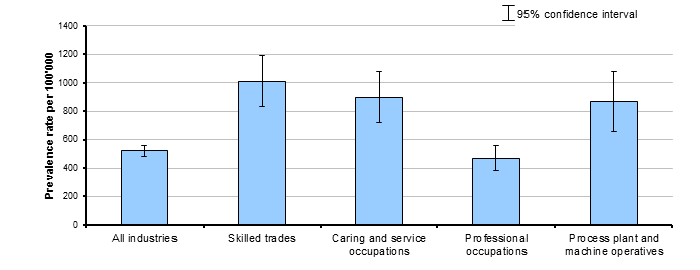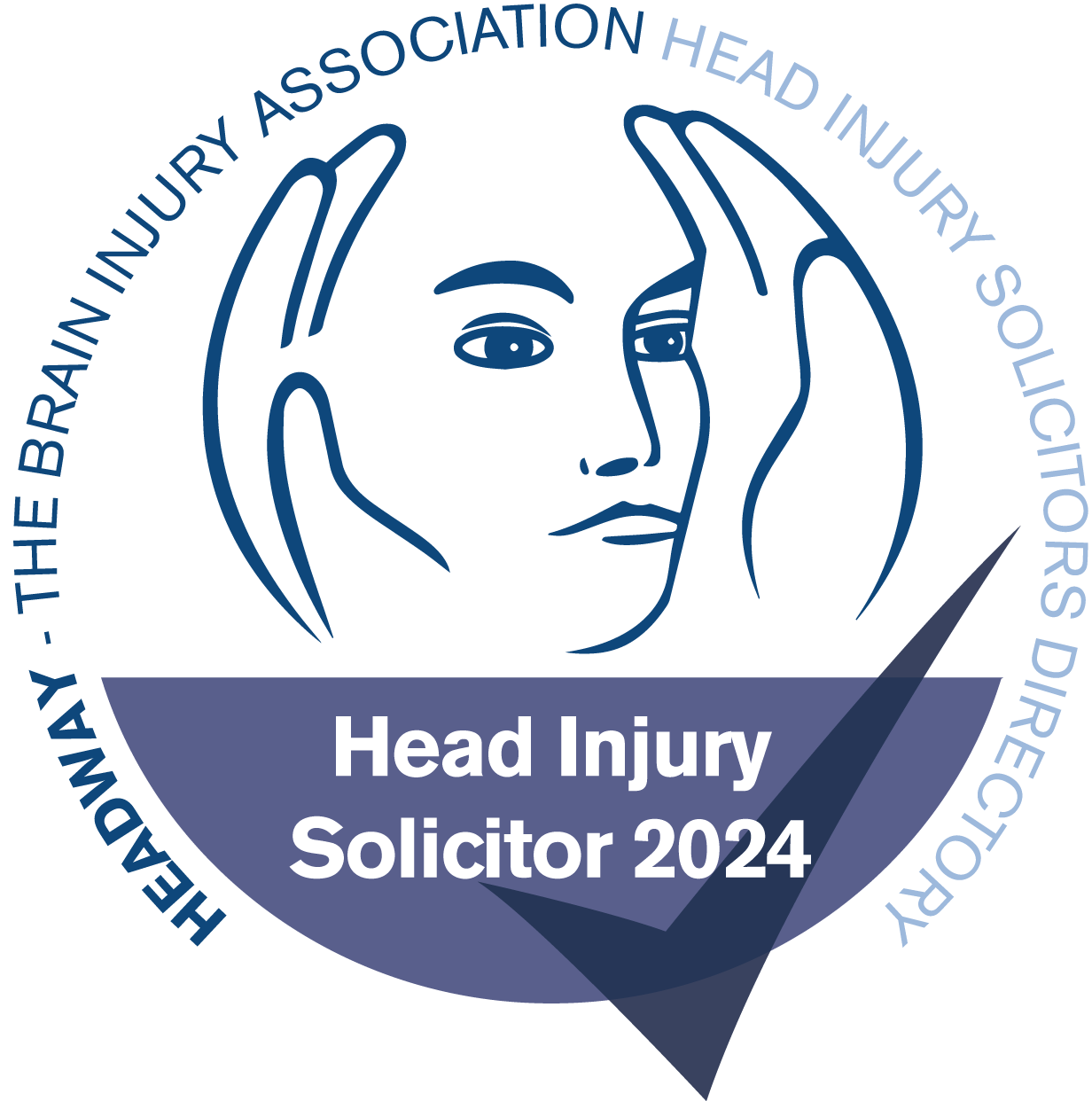Back disorders can occur gradually over a period of time as a result of micro-trauma brought about by repetitive activity, or can be caused by a single traumatic event, such as a fall, lifting excessive weight or a sudden force exerted on the spine.
Back injuries that become prevalent over a period of time can be difficult to analyse and assess, as the slow and progressive nature of such disorders frequently mean they are ignored until the symptoms become too acute to dismiss. While acute back disorders may appear to be caused by a single incident, the actual cause is often a combination of the observed stressor together with years of weakening of the musculoskeletal support mechanism by repetitive micro-trauma. Back injuries can occur in muscle, ligament, vertebrae, and discs, either singly or in combination.
The True Cost to the UK Economy of Back Disorders
Although back injuries account for no work-related fatalities, they can cause a significant amount of pain and suffering, loss of productivity and financial burden on compensation and healthcare systems. According to the latest figures released by the Health and Safety Executive (HSE), back problems affected over 223,000 employees in 2014/2015, costing the UK economy approximately 2,957,000 lost working days that year. This equates to 31.13% of all working days lost through work-related musculoskeletal disorders (WRMSDs) in 2014/2015. The frequency and economic impact of back injuries, WRMSDs and other accidents at work on the UK workforce are expected to rise as more and more people continue to work beyond the traditional age of retirement.
Back Injury Compensation Calculator
As well as lost working days, the UK economy also has to cope with the financial burden of financial compensation awarded to victims of back injuries and disorders sustained as a result of their work. Our back injury compensation calculator provides information on the amount of compensation that could be awarded in such cases. Minor back injuries such as strains and other muscle injuries could warrant back injury compensation amounts of between £1,500 and £5,000, while more serious back injuries such as spine fusions or crush fractures to the spine could result in compensation amounts of up to £27,500. To find out how much you could receive for a variety of personal injuries, our compensation calculator pages will provide you with all the information you need.
Prevalence Rates for Back Injuries by Industry
Workers in the construction and transport industries are statistically at far greater risk of developing a back disorder than people working in other industries, according to figures released by the HSE. The transport and storage industries have a rate of 890 cases per 100,000 people, with 870 cases per 100,000 in the construction industry, in the three year period 2011/12, 2013/14 and 2014/15. The average number of employees across all industries who suffer from back problems as a result of their job is 520 per 100,000, although it must be remembered that figures from some sectors, such as agriculture and mining, are not available due to the small sample size.
The chart below displays the highest estimated prevalence rates per 100,000 employees for back disorders, averaged over the 3 year period 2011/12, 2013/14 and 2014/15.

Prevalence Rates for Back Disorders by Occupation
The occupations that have the highest prevalence rates of back disorders are reflective of the industry areas mentioned above. People who work in skilled trades, caring and service occupations, and plant / machine operatives are statistically more likely to suffer back problems compared to those in other occupations. Work in these sectors generally involve a lot of twisting, bending and reaching – actions which, when performed incorrectly, can lead to back disorders.
Within these broad industry categories, back disorders among care staff are significantly more common than other areas, with 970 cases per 100,000 people employed in the caring and personal services professions suffering some form of work-related back disorders, compared with an average of 520 cases per 100,000 across all industries. Skilled trades also had significantly higher rates, with 1,010 per 100,000 people employed suffering from back problems. Within the machinery and plant operatives category, transport and mobile machine drivers had the highest rates at 1,060 cases per 100,000 people employed. Within the professional occupational group, whilst the category is not statistically significantly higher than the average across all industries, health professions (which are categorised within it) do have higher rates at 980 cases per 100,000 people employed.
The chart below shows those occupations with the highest estimated prevalence rate of back disorders, averaged over the 3 year period 20011/12, 2013/14 and 2014/15:

Causative Factors in Lower Back Pain
The general practitioners scheme which collects work related data from patients presenting within GP clinics provides some useful information on what the GP and patient considered was the main cause of back pain. Examining the case data from 2012-2014, it demonstrates that lifting and carrying remains the primary driver for lower back pain at work. This has also traditionally been the case for many years across all industries. Material manipulation which also involves moving, pushing shoving and lifting is also an important cause presented.
The chart below shows the spine or back disorders reported to General Practitioners scheme (THOR GP) according to main attributed task THOR-GP, over a three-year aggregate total from 2012 to 2014:

Primary Causes of Back Injuries
Back disorders at work result from exceeding the capability of the muscles, tendons or discs, or are the cumulative effect of several contributors, such as:
- Reaching while lifting;
- Poor posture–how one sits or stands;
- Stressful working activities–staying in one position for too long;
- Bad body mechanics–how one lifts, pushes, pulls, or carries objects;
- Poor physical condition-losing the strength and endurance to perform physical tasks without strain;
- Poor design of job or work station;
- Repetitive lifting of awkward items, equipment, or (in health-care facilities) patients;
- Twisting while lifting;
- Bending while lifting;
- Maintaining bent postures;
- Heavy lifting;
- Fatigue;
- Poor footing such as slippery floors, or constrained posture;
- Lifting with forceful movement;
- Vibration, such as with lift truck drivers, delivery drivers, etc;
The obvious signs and symptoms to look out for include pain when attempting to assume normal posture, decreased mobility, and pain when standing or rising from a seated position. If you are experiencing any of these symptoms and believe your pain and suffering is as a direct result of your working environment, please call 0800 083 5500 to find out how we can help.
Blackwater Law have years of experience of helping victims of accidents of work claim compensation for serious workplace accidents and even relatively minor ones such as needlestick injuries. So if you feel you or a family member have suffered an injury that wasn’t your fault, get in touch with us today.





